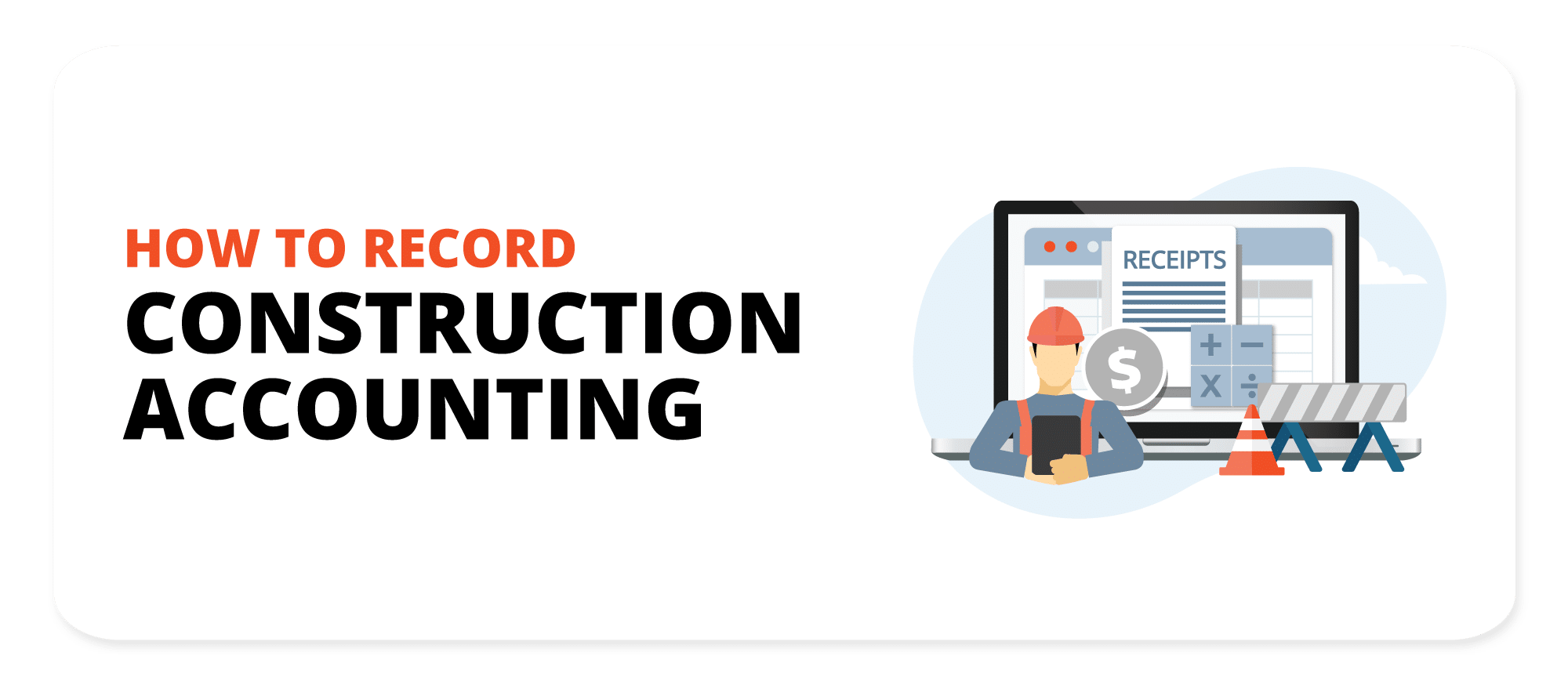Exploring the Challenges and Solutions in Modern Construction Accounting
A Comprehensive Overview to Building And Construction Bookkeeping: Optimize Your Financial Administration
Efficient economic management is essential in the construction market, where the complexities of project-based earnings and expenses can considerably affect overall productivity. By employing finest techniques in financial coverage and evaluation, stakeholders can not just improve operational performance yet additionally mitigate potential dangers.
Recognizing Construction Accounting
Comprehending building and construction bookkeeping is crucial for the effective management of funds in the building and construction market. This specific branch of bookkeeping addresses the unique challenges faced by construction companies, including project-based income acknowledgment, price tracking, and compliance with regulatory requirements. Unlike conventional accounting, construction bookkeeping requires a distinctive method to handle the complexities related to lasting contracts and fluctuating prices.
Key components of building and construction audit include precise revenue acknowledgment, which often depends on the percentage-of-completion technique or completed-contract method, depending upon the task's nature. This guarantees that financial declarations show true performance and productivity with time. Task setting you back plays an essential role, permitting firms to track expenditures connected with details jobs, which helps in determining profitability and source allotment.
One more vital element is the administration of capital, which is frequently affected by payment schedules and hold-ups in receivables. Effective cash flow management makes certain that building firms can meet functional requirements and purchase future projects. Eventually, mastering building and construction accountancy gears up companies with the devices needed to make enlightened monetary decisions, minimize risks, and enhance general functional effectiveness in a competitive industry.

Task Costing and Budgeting
Job setting you back and budgeting are indispensable elements of building accountancy that allow firms to successfully handle project finances and ensure success. Work costing entails the meticulous monitoring of all costs associated with a certain job, consisting of labor, materials, tools, and overhead. This process permits construction firms to establish real cost of completing a task, assisting in educated decision-making and enhancing economic liability.
Budgeting, on the other hand, works as a monetary roadmap for jobs. It includes setting economic limits and allocating sources to various task elements, consequently establishing a framework against which actual prices can be measured. Reliable budgeting needs thorough analysis and forecasting, thinking about historical information, market fads, and potential threats.
Together, job costing and budgeting give the essential tools for building and construction firms to keep an eye on economic efficiency, determine differences, and readjust techniques as required - construction accounting. By implementing durable work setting you back practices and adhering to well-structured budgets, business can improve their operational efficiency, mitigate financial risks, and ultimately boost their success in an affordable marketplace. Hence, these methods are crucial for sustaining long-lasting success within the construction market
Monitoring Costs and Profits
Properly tracking expenses and earnings is necessary for construction companies to keep economic health and wellness and guarantee project viability. Effective tracking enables organizations to keep an eye on project efficiency, recognize cost overruns, and make notified economic decisions. Executing an organized approach to taping all monetary deals is critical to achieving this objective.
Using construction accounting software program can dramatically boost the tracking process. These tools facilitate real-time monitoring of expenditures, including labor, materials, and subcontractor prices, while additionally capturing revenue generated from job check my site turning points and customer payments. By categorizing costs and income streams, firms can obtain insights into profitability and capital.
Financial Reporting and Analysis
Economic coverage and evaluation play a crucial function in the building and construction market, giving stakeholders with crucial insights right into a firm's financial efficiency and functional effectiveness. Accurate monetary reports, consisting of annual report, earnings declarations, and cash money circulation statements, are fundamental for analyzing the wellness of a construction organization. These records help determine patterns, assess project profitability, and facilitate informed decision-making.
In building and construction accounting, monetary evaluation goes beyond mere reporting; it entails scrutinizing monetary information to discover underlying patterns and anomalies. Key performance indicators (KPIs), such as gross profit margins, job completion prices, and roi, function as criteria to evaluate operational success. On a regular basis assessing these metrics enables companies to identify locations needing improvement, maximize resource allowance, and boost project management approaches.
Furthermore, reliable financial coverage promotes transparency and develops trust fund with stakeholders, consisting of customers, providers, and financiers - construction accounting. By keeping rigorous monetary oversight, building and construction firms can mitigate risks, guarantee conformity with regulatory demands, and eventually drive lasting growth. Therefore, a durable financial coverage and evaluation structure is crucial for navigating the complexities of the building landscape and accomplishing lasting success
Finest Practices for Success
To achieve success in building accountancy, companies must embrace a set of finest techniques that improve procedures and boost economic administration. Executing a durable job management software application tailored for building and construction can promote real-time tracking of job prices and spending plans, permitting for even more accurate forecasting and resource appropriation.
Second, embracing a consistent method to work costing is crucial. This includes thoroughly tracking all prices associated with each task, including labor, materials, and overheads. Routinely evaluating task prices versus first price quotes assists identify variances have a peek at this website early, making it possible for timely rehabilitative activities.
Third, maintaining rigorous documents methods ensures compliance with regulations and simplifies audits. This consists of keeping click reference in-depth records of agreements, adjustment orders, invoices, and receipts.
Furthermore, investing in team training is important. Making certain that workers are well-versed in accounting principles, software application use, and industry standards can substantially boost effectiveness and accuracy in economic coverage.
Conclusion
